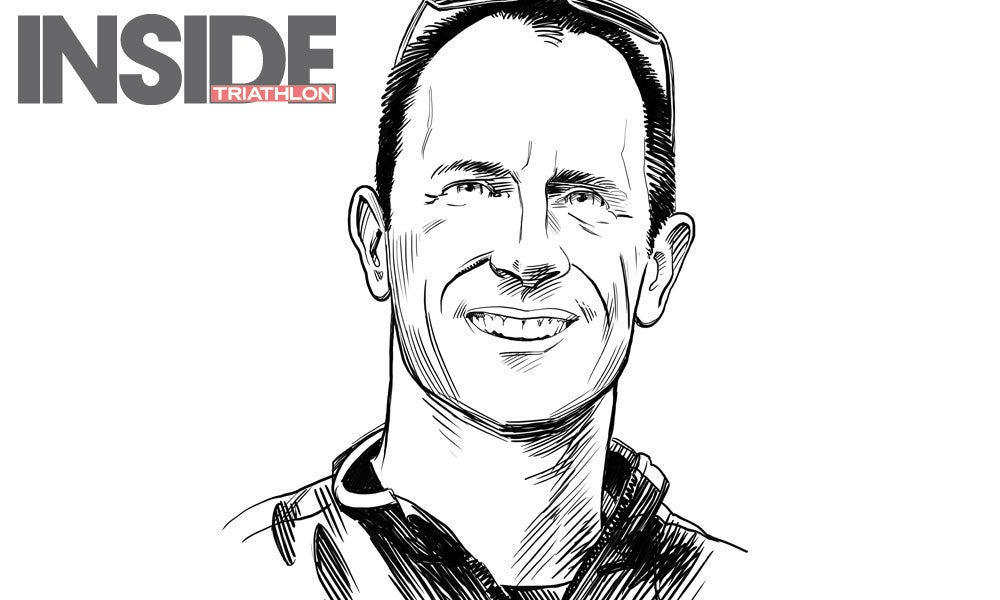Get The Most Out Of Triathlon Group Training

Coach Mike Ricci. Illustration by Matt Collins.
Coach Mike Ricci explains how to get the most out of training with a group of various levels.
This article was originally published in the May/June 2013 issue of Inside Triathlon magazine.
When he was hired to coach the University of Colorado Boulder triathlon team in 2009, Mike Ricci had to figure out how to lead workouts for around 40 athletes with a wide range of athletic backgrounds. Using a few smart tactics, he led the team—which now has more than 100 athletes—to three consecutive national championship titles. “There is more to gain training with a group than just going hard and flogging yourself on a daily basis,” says Ricci, who also coaches age groupers through his business, D3 Multisport. He shares his tips on how to benefit from training with a group of varying ability levels.
RELATED: The Benefits Of A Group Ride
1. Latch on to the best single-sport athletes. “On our team, the individual skill sets are quite diverse, so the best man or woman on our team, in a race, may never be the fastest swimmer, biker or runner at any given practice,” Ricci says. You may be a better overall triathlete, but you’ll benefit most by training with the strongest (or simply stronger) single-sport athletes around you.
2. Know your individual pace. Although the group environment is conducive to working harder, Ricci warns that it can be a double-edged sword. “It helps all of our athletes push to the next level, but it can also lead to overtraining, illness or injury,” he says. “What I constantly stress to our team is to train at the pace they are supposed to based on a recent time trial or test set. Trying to keep up with your teammate and not training at the appropriate pace usually ends up with frustration and fatigue if you can’t keep up.”
3. Keep workouts creative yet challenging. Just because you have a group of diverse athletes doesn’t mean everyone can’t be equally challenged. “At many of our workouts, we have a challenge set or fun relay to end the workout,” he says. For example, at a track practice, he’ll do a 1-mile relay in which four faster athletes run 400 meters each while eight slower athletes each run 200 meters. “These types of sets mix up the ability levels so everyone can share in the competition at the same level.”
RELATED: Group Vs. Solo Training
Connect with more than 60,000 of your fellow triathletes. “Like” us on Facebook.